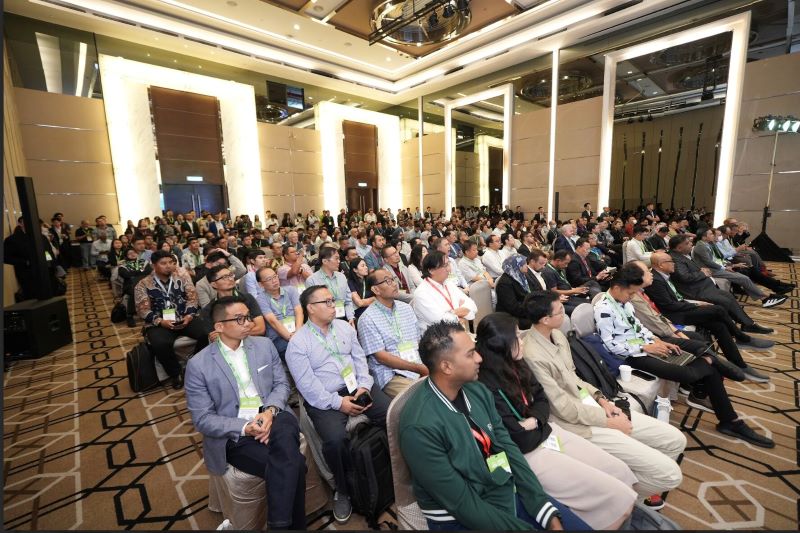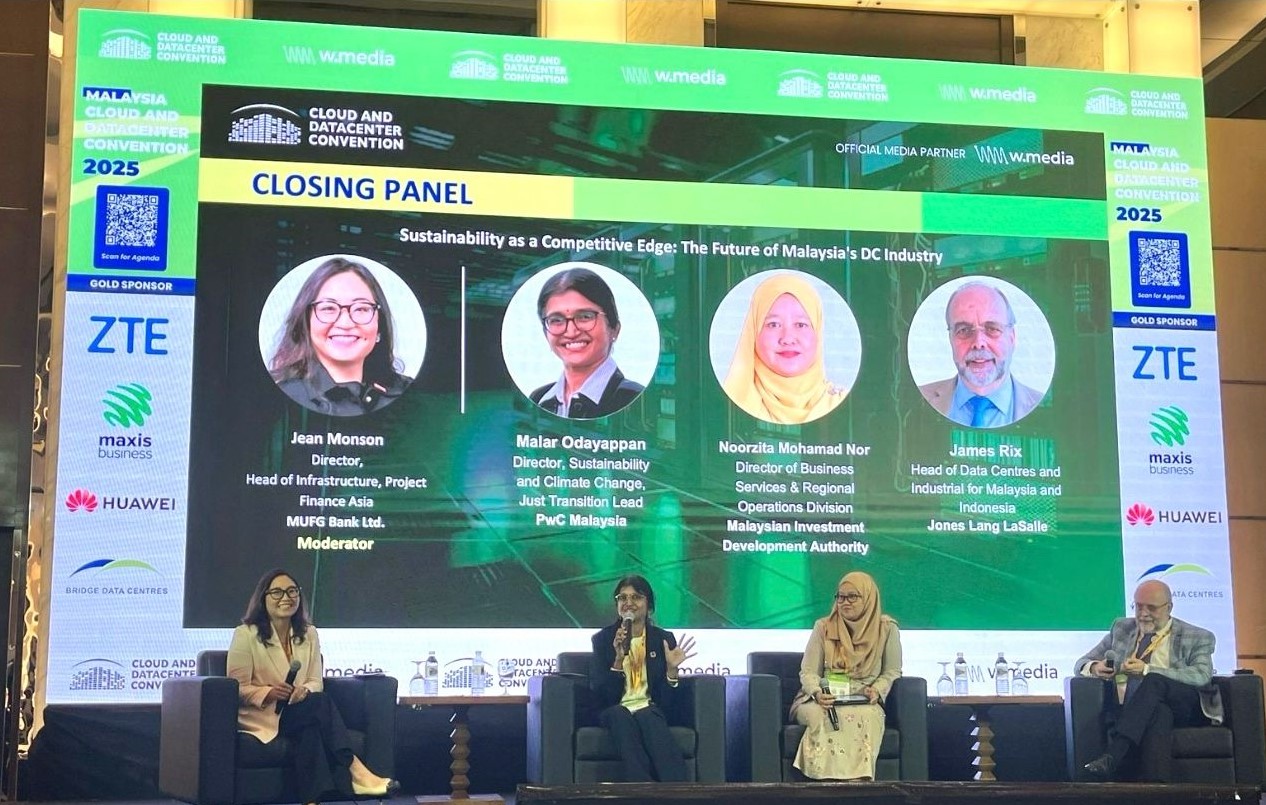The big questions after three years of phenomenal growth in the Johor data center market were: Can the momentum be sustained and what is Johor’s competitive advantage?
And the answer was pretty much unanimous among speakers last Thursday at the Malaysia Cloud and Data Centre Convention organized by w.media: Johor is just getting started, and sustainability will carry the momentum forward.
In the past one year, when hyperscalers started to beat a path to Thailand to expand their footprint, there was a creeping fear that Johor’s phenomenal run was over. Coupled with higher land prices and higher electricity rates, as well as a more stringent regulatory environment, it was perceived by many that those would put the brakes on the breakneck pace of Johor’s growth.
In recent times, the people on the ground which include those at the conference, are saying the party’s not over yet. There is evidence that some data centers are making a U-turn and coming back to Malaysia due to some lack of infrastructure in Thailand compared to Malaysia.
So, back to Malaysia it is. After all, despite the higher prices of land and utilities, these prices still count among some of the lowest in Southeast Asia. The laws, though made stricter, are standard across many developed or mature data center hubs. James Rix, Head of Data Centre and Industrial, Malaysia & Indonesia, has this to say, “The upcoming Sustainable Data Centre Framework is fully suited to conditions in Malaysia and does not follow blindly the European/western model which is how it’s supposed to be.”
It means the Malaysian government seems to know what it is doing to keep the momentum going – it’s tweaking in real time what needs to be done to balance the competing interests of growth and sustainability, while at the same thing keeping an eye out on geopolitical developments. It is not an easy task (even advanced Singapore falters occasionally in this regard). Malaysia embraces the ‘whole of government’ approach where stakeholders like Malaysian Investment Development Authority (MIDA), Ministry of Investment, Trade and Industry, and the Ministry of Digital come together to pivot the country into a preferred high value digital destination, as heard from Ir. Wan Murdani Wan Mohamad, Vice President – Digital Adoption, Malaysia Digital Economy Corporation (MDEC).

‘A brave new world’
Needless to say, the next level of data center development in Malaysia will herald exciting times. “A brave new world” is how Paul Mah, w.media Executive Editor described the outlook of the industry moving forward. The industry has grown into an entire supply chain of its own with equipment built in Malaysia and homegrown expertise in construction and Mechanical, Electrical, and Plumbing (MEP), among others, rather than just a pure infrastructure play.
So, although Malaysia is not as predictable as before with the accompanying frontier vibe, it is moving up the value chain and at the same time, preserving or bettering its environmental footprint. The sector will continue to expand with increased domestic and sovereign consumption underpinned by pertinent laws and government support, observed a panel during the conference. The Malaysian government clearly wants to entice foreign investment into the digital infrastructure space of the country and at the same time make digital adoption for the citizenry as affordable and as ubiquitous as possible, a panel heard.
And although the stunning run is unlikely to be repeated, it has laid the foundation for the long-term and continued growth of the data center industry in Malaysia. At the same time, it has spurred a number of innovations in the sustainability sphere thus helping to speed up the country’s journey towards its green goals.
The closing panel which was moderated by Jean Monson, Director, Head of Infrastructure, Project Finance Asia, MUFG Bank Ltd. concluded that a resilient eco system that supports sustainable growth and gives back and delivers benefits for both the industry and the Malaysian people is the only way forward. In essence, the conversation revolved around reducing carbon emissions and expanding renewable energy solutions; shoring up the supply chain and bringing critical ecosystems onshore as well as ensuring more local content, and providing a talent pool that is equipped to evolve with the industry. Certainly, the country should expect more competent local staff in the next few years amid the ongoing skilling and educational programmes offered by both private and government entities.
In ending, here is a one liner that struck a chord with many as delivered by PwC’s Malar Odayappan: “Growth is unstoppable but ensure the resources are not depleted.”



